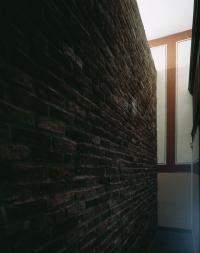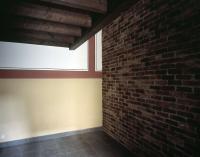One could also express this insight and its associated skepticism with regard to images by paraphrasing Jochen Gerz: That namely true images are those that are not images (because they have their real ancestral and lasting space inside us, in our memories, fantasies, desires, and fears). The highly problematical attempt—mostly doomed to failure—to illustrate something past, to recall it in the sense of a description, also has a lot to do with the understanding of history handed down to us. Let’s not fool ourselves: The past is not readily available in the pantry of our collective remembrance to be retrieved one-to-one in the sense of a solution that satisfies everyone. It must perforce always be understood from the point of view of “now,” from the present. Remembering can never be equated with the objectification of past events, rather it always contains an activation of current states of awareness and questions, which also support and influence it. Because memory means current recollection, it necessarily has to be understood as a process that has not been—and cannot be—brought to a close, as an obligation towards the present in view of a past that cannot be easily sounded. This is particularly the case when we are dealing with something that no longer exists and is ultimately irretrievable. Viewed in this way, Sol LeWitt’s radical approach has little to do with memory within the framework of the representation of things past, rather it has first and foremost to do with allowing us to experience a historically-determined withdrawal, a void. Indeed, he is concerned with the irretrievable loss of the Jewish contribution to German culture, yet his means are still those of an artist whose approach is conceptual, who is critical of representation, and who in a special way brings together the location, the space, and finally the viewer. As paradoxical as it may sound, through his conscious obstructing and eluding he ensures that the pointed denial or “non-experience” of the former sacred space is given the opportunity of becoming a special form of aesthetic experience.



